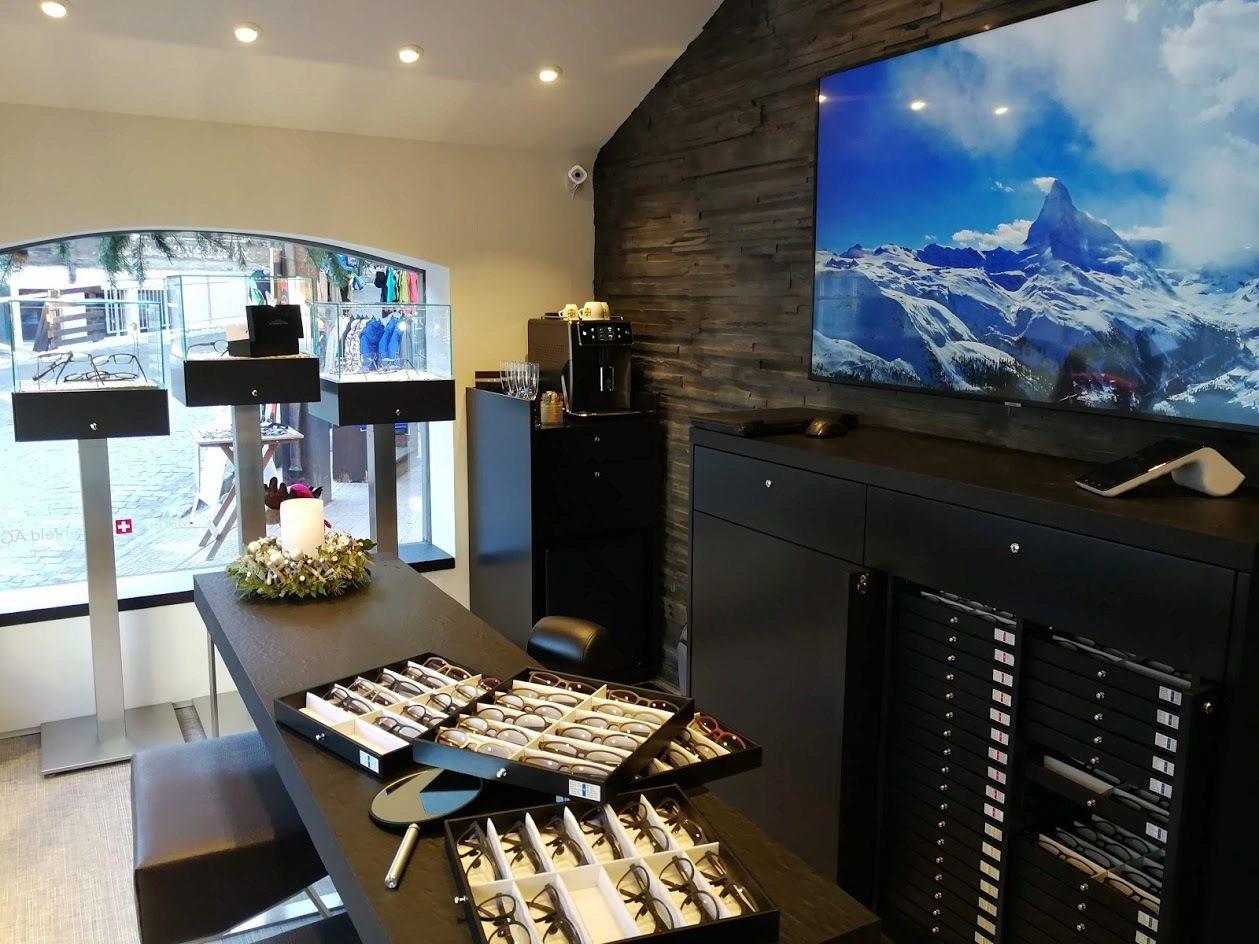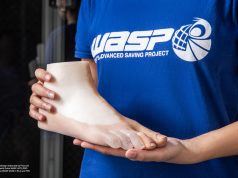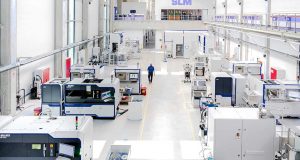Swiss goldsmith Marcus Marienfeld prides himself on creating as much as possible by hand and in-house – from model sketching to implementation and production. For several years now, he has been incorporating 3D printing into the production of his eyewear.
Marienfeld initially started using additive manufacturing for rapid prototyping of jewelry and accessories. However, he quickly recognized the potential of SLS 3D printing for the manufacture of eyewear.
In the eyewear manufacturing process, producing a model requires a lot of time and the most precise manual work. Constantly on the lookout for innovative ideas and possibilities, Marienfeld integrated a 3D printer into his workspace. Additive manufacturing of end-use parts, such as sliders and entire eyeglass fronts, saves him a lot of time. In addition, tools can be printed according to the customer’s own needs. Products, designs, and tools can be flexibly reinvented and manufactured. The printer gives Marienfeld more freedom in the design and production of his eyewear.
Designer frames straight out of the 3D printer
In one print and a period of about one and a half days, Marcus Marienfeld can now produce 80 finished frame fronts – a high quantity in the field of eyewear manufacturing. The durable, nylon-based powder is processed in the SLS 3D printer to produce the frame fronts. This material is particularly popular with manufacturers because it is temperature resistant and tensile. Marienfeld, however, selected nylon because it is neutral in appearance, making it easy to blend in with other design elements. For instance, glasses made of the anthracite-colored nylon powder can be complemented with colored highlights. In addition, the silky matte surface, which still retains a certain grip after the post-processing steps, is important for the feel and comfort of the glasses.
Thanks to the accuracy of selective laser sintering and the fact that support structures are no longer necessary, the Fuse 1 is – according to Marienfeld – suitable for delicate series elements that are later processed for an exact fit. In addition to this, nested elements can be printed without the need for subsequent post-processing. Each pair of glasses is printed true to the 3D drawing. This means that each model is one hundred percent like the other – which enables the serial production of Marcus Marienfeld’s luxury eyewear.
Personalized luxury eyewear
Changes can easily be made with the 3D printer, allowing for individual customers’ wishes to be implemented. Would you like a wider lens frame or some other kind of personalization? No problem! The changes are simply adjusted in the 3D drawing, uploaded to the printing software, and printed directly on site. The additive process makes it easier to adapt eyewear to the individual customer’s ideas and needs.
For example, Marienfeld implemented a mountain guide’s request for a custom design. By using 3D printing, the sunglasses made of nylon with special side elements against high-altitude sun could be handed over after only two weeks. A traditional all-carbon fabrication with one hundred percent craftsmanship would have taken two to three months of work.
“We designed special glasses that are not just flat but get thicker toward the outside. They’re sort of conical in shape. 3D printing is predestined for something like that. We can easily implement special designs that would not work with other technologies,” explains Marienfeld.
Material processing tools from the 3D printer
In addition to creating special designs, 3D printing can also be used to produce specialized tools for manufacturing. Printing equipment is suitable for making glasses from titanium because the press tools are strong and dimensionally stable. Previously, Marienfeld worked with conventional steel tooling, which quickly showed signs of wear and tear. In contrast, the tools made of nylon powder, consisting of an upper and lower die, can withstand pressure of around 90 kilograms in the toggle press. Thanks to the enormous dimensional stability, the press tool shows no indentations or signs of wear.
With 3D printing, Marienfeld has found a technology for his company that can save him time and money in prototyping and tool making, but also offers him the opportunity to continually develop his product designs and manufacturing methods to impress his customers.
According to him, “You become very inventive and imaginative when you have a 3D printer like this. I can do things with little effort that I wouldn’t even have attempted otherwise.”
Find out more about Marcus Marienfeld at marienfeld.ch.
Subscribe to our Newsletter
3DPResso is a weekly newsletter that links to the most exciting global stories from the 3D printing and additive manufacturing industry.
























